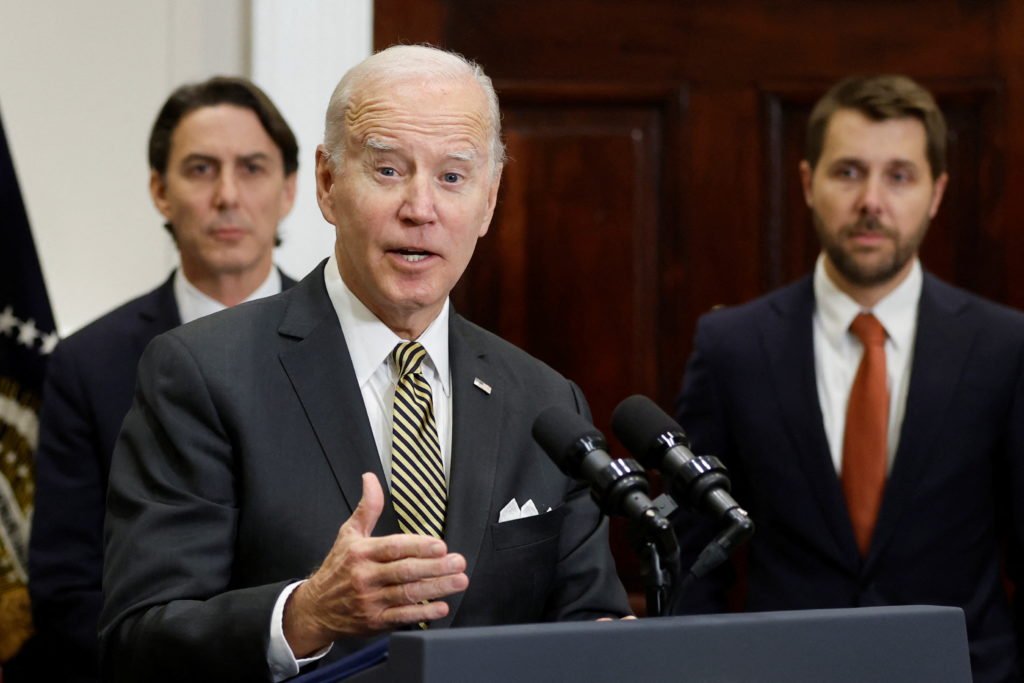Federal Officials Propose Enhanced Protections for National Petroleum Reserve-Alaska.
In a move set to bolster environmental safeguards, federal officials are proposing new protections for the vast National Petroleum Reserve-Alaska (NPRA).
This initiative follows recent Bureau of Land Management (BLM) regulations aimed at curbing oil and gas drilling across over half of the reserve, including areas critical to the controversial Willow oil field project by ConocoPhillips.
While conservation groups have welcomed these measures, they have sparked legal challenges from Alaska state authorities and ConocoPhillips. Undeterred, the BLM announced plans to solicit public feedback on establishing or expanding Special Areas within the Indiana-sized NPRA.
These areas would provide heightened defenses against oil and gas development, crucial for maintaining wildlife habitats, including caribou, polar bears, and migratory birds.
Tracy Stone-Manning, BLM Director, emphasized the significance of these actions in managing the western Arctic responsibly, especially amidst climate change impacts. She underscored the need to honor the subsistence activities of over 40 Indigenous communities dependent on NPRA resources.
The NPRA currently encompasses more than 13 million acres of designated Special Areas, vital for their ecological and cultural importance.
Earlier this year, BLM finalized regulations that prohibit new oil and gas leasing on 10.6 million acres within these Special Areas, with provisions for potential future expansions based on public input.
Despite these efforts, legal challenges from ConocoPhillips and local authorities, citing recent Supreme Court decisions limiting federal agency authority, underscore the contentious nature of these regulatory changes.
The outcome of these disputes will shape the future of oil and gas development in one of Alaska’s most significant natural reserves.









